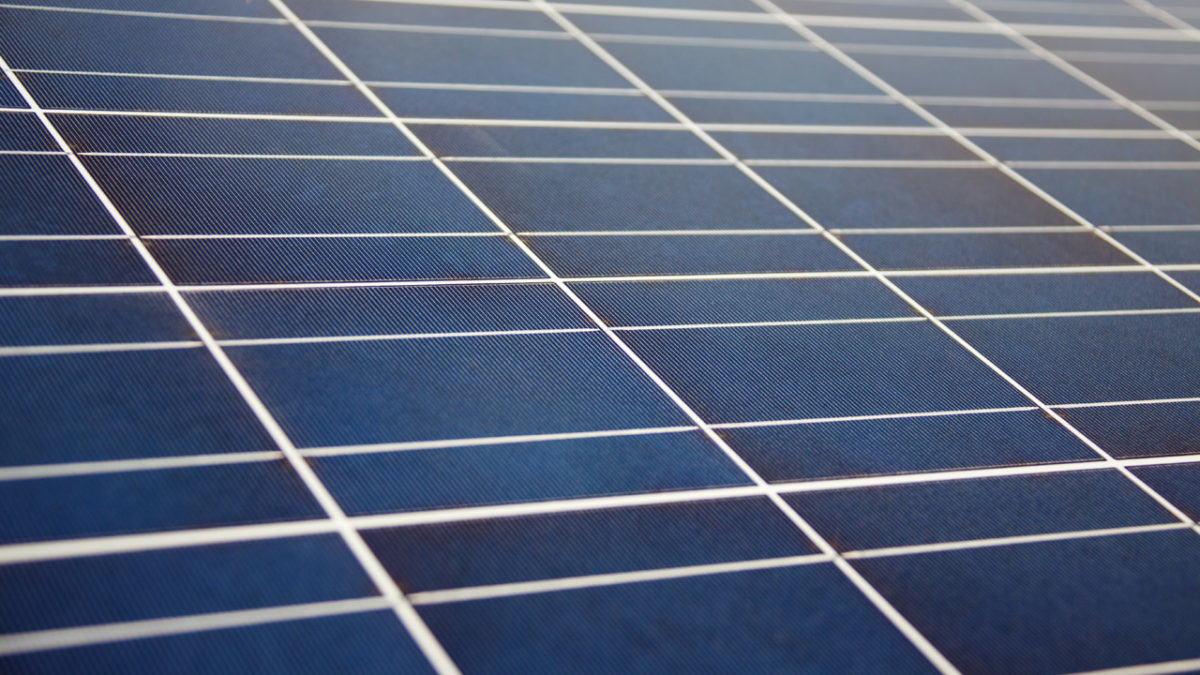American manufacturing of thin-film cadmium telluride (CdTe) solar panels has been the sole domain of First Solar for the last decade — but now, an Ohio-based competitor has joined the fray.
Enter Toledo Solar. Formed via a $30 million initiative led by the Atlas Venture Group, the company has set up its flagship manufacturing facility in the old Willard & Kelsey Solar Group building in Perrysburg, Ohio. Willard & Kelsey was another CdTe aspirant that fell, in part, due to First Solar’s dominance.
The facility features an annual manufacturing capacity of 100 MW and employs 25 people, with plans for the workforce to reach 70 by year’s end. The company also shares that, due to demand projections, Toledo Solar will reach an annual manufacturing output of 850 MW by 2026.
Carving a niche
And while the company posts a gaudy claim that it already has “over $800 million in purchase orders for solar panels, power converters and energy storage systems,” those orders are likely not going to become a wedge in First Solar’s market.
Unlike First Solar, Toledo Solar will be operating not in the utility-scale solar space, but rather in the residential and commercial markets.
“We recognize the void in the non-utility solar markets that have been underserved by silicon solar panels. ‘Cad-Tel’ is clearly a better option. We are excited to lead this investment in Toledo and continue to push ‘Cad-Tel’ solar technology forward,” said Aaron Bates, chairman of Atlas Venture.
Better option?
The lofty claim that “‘Cad-Tel’ is clearly a better option,” is one that will be tested immediately. Toledo Solar says that the company’s panels offer 16.5% efficiency, coming in at a size of 60 x 120 cm. The panels, dubbed ‘Tier 1,’ are assumed to produce 115 W. This size, efficiency and power rating puts the panels in line with First Solar’s series 4.
“Toledo Solar has excellent technology,” said Professor Michael Heben, director of the University of Toledo’s Wright Center for Photovoltaics Innovation and Commercialization. “First Solar is the domestic leader in utility-scale solar, and Toledo Solar can fill that same role for non-utility installations.”
Toledo University, along with the Ohio Federal Research Network, were chosen to evaluate the equipment and technology at the location in Perrysburg, Ohio.
“The degree of differentiation is likely very small and to a large degree necessitated by the intellectual property space First Solar has made off-limits to competitors,” thin-film expert Markus Beck told pv magazine.
He said that the back contact could have some level of differentiation, as could the module architecture, albeit to a lesser extent.
This content is protected by copyright and may not be reused. If you want to cooperate with us and would like to reuse some of our content, please contact: editors@pv-magazine.com.




One may ask how a manufacturing facility with such extremely low annual output can ever be profitable. Even given that the acquisition was sub-pennies on the dollar, there are operating costs, the need to invest in the distribution channel, R&D as well as expansion and of course the discount TS has to give based on (1) the extremely small and heavy product, (2) lower eff. compared to c-Si and (3) the risk factor of an unproven company—e.g. can they honor their performance warranty 3 or 15 years down the road. Calyxo was in the same boat and managed to hang on for a while, ultimately filing for bankruptcy at the end of 2019.
As to the differentiation fo First Solar—purely on the market side. In 2009 FSLR/Solar City learned the hard way how poorly the small form factor and heavy module lends itself to the residential market—and even the early adaptation for commercial roof top in Germany started to falter. For small systems in the 3–10kW range the Cd issue becomes far more problematic as a small number of modules are sold to a lot of individual consumers—as compared to large utility scale installations. Take back is quite expensive and difficult to control.
As those woh know me, I argue that the data shows without a doubt that thin-film PV is superior to c-Si from an overall cost and environmental footprint perspective. But without scale at the product and manufacturing level it cannot compete with c-Si made in Asia. I wish TS all the best. Hopefully during their due diligence the team assessed these aspects and TS has a viable plan to overcome these significant challenges, operating successfully in the non-utility target market—I have my doubts.